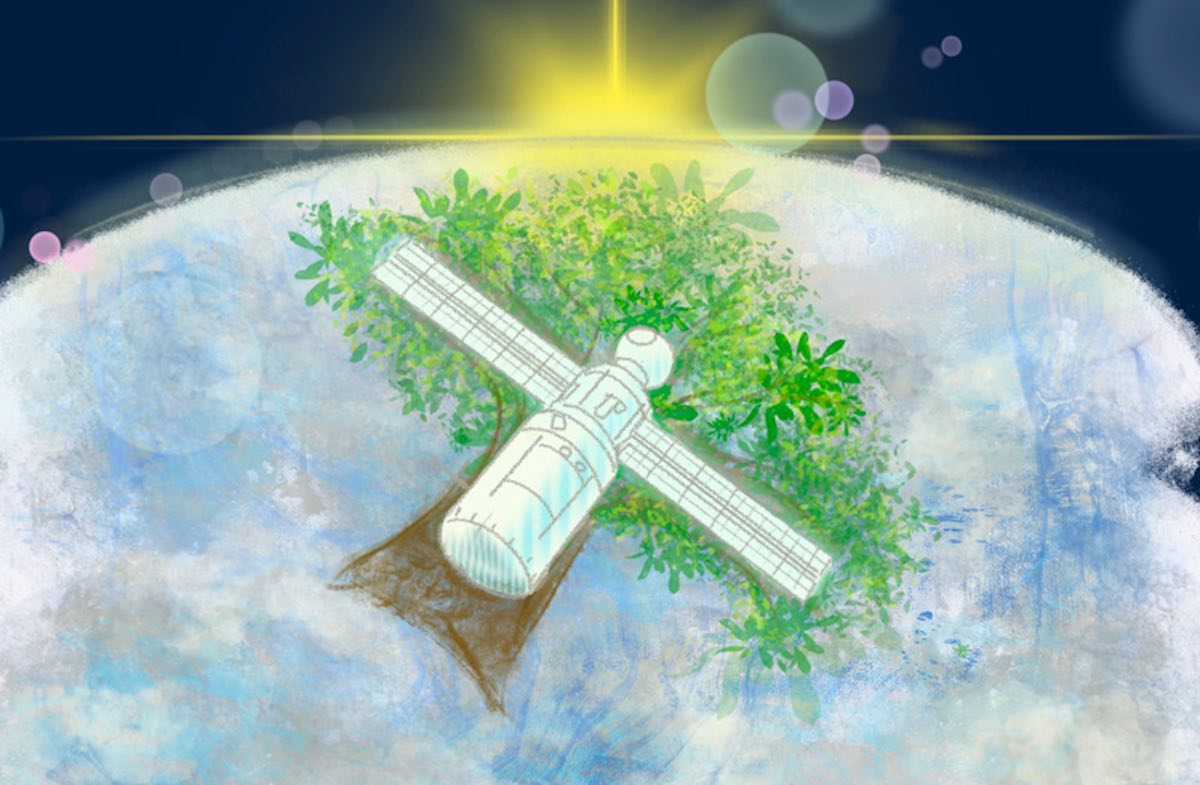The space race has taken an unusual turn with the Japan Aerospace Exploration Agency (JAXA) initiative in collaboration with NASA to work on a project aimed at combating space pollution by launching the world's first satellite made of wood. This effort joins a series of global investigations seeking to find solutions to the growing problem of space debris, as a result of satellites being decommissioned and turning into dangerous orbital debris.
An ambitious project against space pollution
The project, known as LignoStella Space Wood, was launched in 2020 after a team from Kyoto University successfully sent samples of wood into space. The research focused on examining the resistance of some types of wood during more than 40 weeks aboard the International Space Station. The results of this experimental phase, which included analysis of the resistivity and elemental composition of the samples, led to the selection Honoki Due to its durability and maneuverability, it makes it the ideal material to build LignoSat2.
The unique challenges of the space environment
Space represents an extremely hostile environment, characterized by extreme temperature fluctuations, intense cosmic radiation, and charged particles emitted by the Sun. These conditions test the integrity of any material sent into space, making the choice of magnolia for LignoSat2 not only innovative but also strategic, given its proven resistance to such adverse conditions.
Why wooden satellite?
The idea of a wooden satellite may seem old-fashioned at first glance, but it has a strong environmental justification. Upon re-entry into Earth's atmosphere, satellites and other space objects burn up, a process during which the metallic components are not fully consumed and become space debris. In contrast, LignoSat2, thanks to its wooden structure, is expected to burn almost completely during reentry, significantly reducing the release of metallic particles, such as aluminium, which can have harmful effects on Earth's environment.
A step towards reducing space debris
In addition to its environmental benefits, LignoSat2 has the potential to mitigate the risk of collisions in space, an increasing risk given the volume of metal fragments and other debris orbiting Earth. With various sensors on board to evaluate its performance, the JAXA's wooden satellite prototype is scheduled to be launched later this year, marking an important milestone in the search for sustainable solutions for space exploration.
This project not only highlights Japan's commitment to innovation and sustainability in space exploration, but also opens a new chapter in our relationship with space, one that recognizes the importance of protecting space and terrestrial environments from pollution and waste.




:quality(85)/cloudfront-us-east-1.images.arcpublishing.com/infobae/5L5TD74Z7RH7NC5SE7FZ3G6UYU.jpg)
